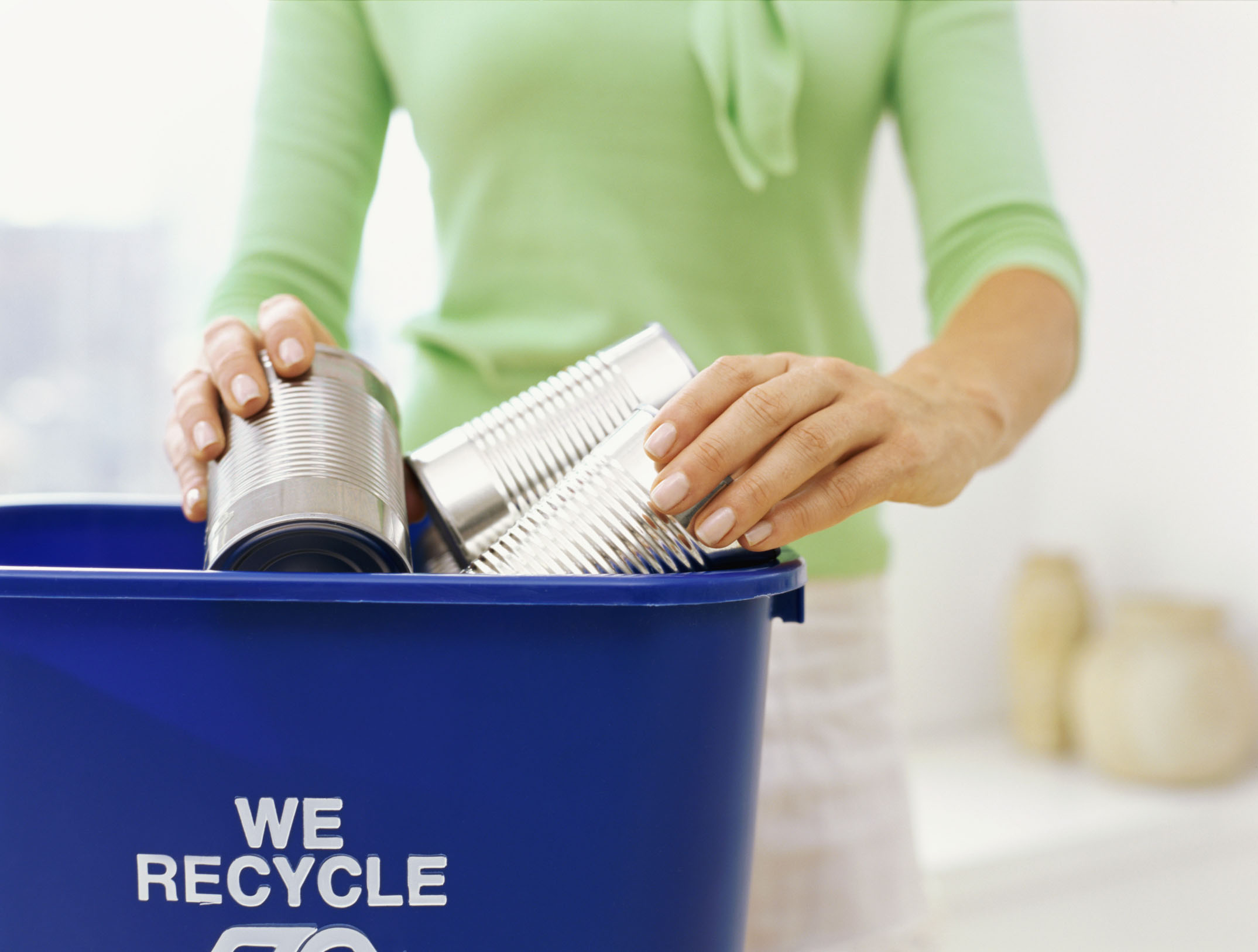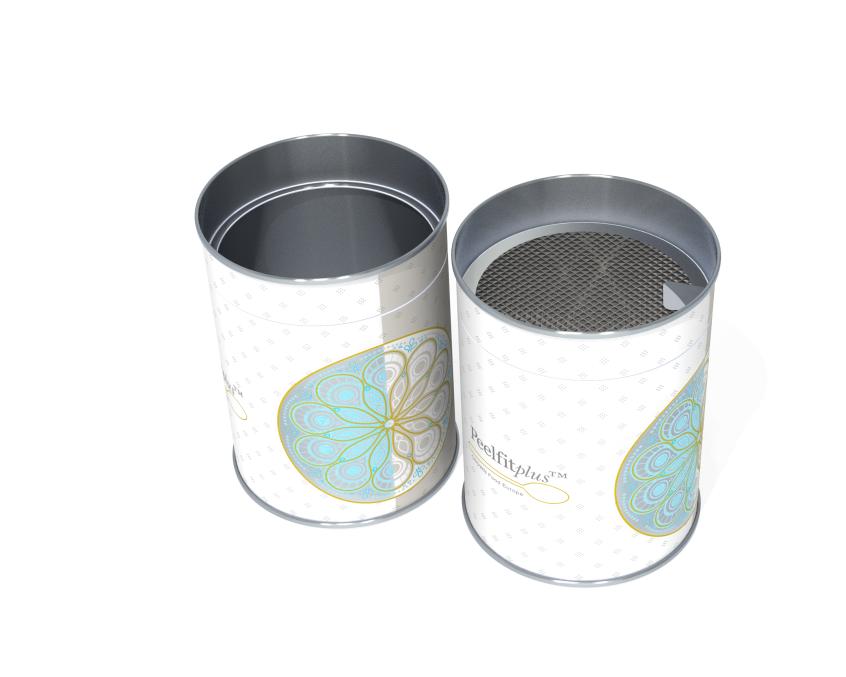Silver is the New Green: Cans Lead the Way in Green Packaging

Consumer perception of the metal can is very positive. Canned food and beverages are a time-tested and highly dependable method of safely and efficiently packaging the products consumed daily. Cans stack easily on store shelves, fit neatly into refrigerators, are easy to store, chill quickly and stay cold longer.
The can also possesses some unique environmental advantages of which many consumers are less aware. More material can be efficiently and profitably recycled from a single metal can than any other form of packaging widely available today. For food and beverage brand owners, this is an important point to leverage with consumers. The can is a valuable icon communicating value, product quality and stability. It can also help brands bridge the gap between stoic icon and progressive change.
Here are some of the other attributes of metal that make it the ultimate in green packaging:
- Cans are made from permanent materials (either aluminum or steel), enabling them to be recycled infinitely with no degradation in quality. While other materials promote recycling, there is a limit to the number of times such recycled materials can be transformed into a new package that is suitable for use with food or beverage products. Metals used in cans are recycled again and again and are utilized to create new, high-integrity packaging.
- Recycling aluminum saves more than 90% of the energy required to produce virgin material. In other words, it is less expensive and takes less energy to produce a recycled can than it does to produce a can from new material.
- Cans retain high value post-recycling, making the process a very profitable endeavor. The materials are so valuable that they more than pay for their own collection and effectively subsidize the recycling of other less valuable materials like paper and plastic.
- Recycling rates are on the rise for cans all over the world. For example:
- Aluminum cans are the most recycled beverage package in the world and have a significantly higher global average recycling rate than PET bottles. A recent analysis of global recycling data by Resource Recycling Systems (RRS) established a global weighted average recycling rate of 69% for aluminum beverage cans, compared to PET containers at 43%.1
- In Europe, recycling of steel packaging has reached a new high of 79.5% and is well on track to meet the industry’s self-imposed target of 80% by 2020.2
Governments, private institutions and consumers around the world are increasingly demanding packaging that is environmentally friendly. The can presents a unique opportunity for food and beverage manufacturers to go to market in a familiar, and even iconic, format that is also the clear environmental packaging material of choice.
1Study commissioned by the Can Manufacturers Institute (CMI), Beverage Can Makers Europe (BCME) and Abralatas
2APEAL - https://www.apeal.org/news/steel-packaging-recycling-in-europe-reaches-795/



